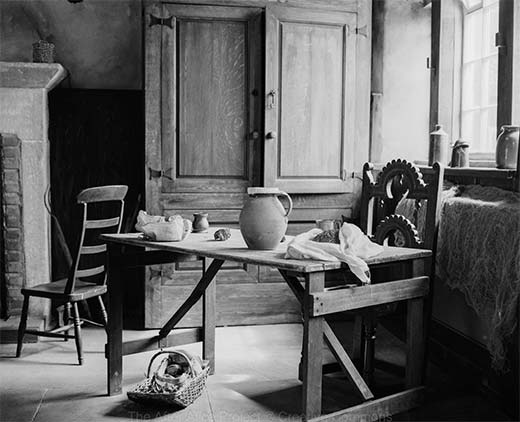Criminal Coiners: Life and Death in Wild West Yorkshire
Tuesday, 23 May 2023
The Re-opening of Heptonstall Museum
The opening exhibition explores the lives of the Cragg Vale Coiners, the notorious band of local counterfeiters who produced fake gold coins in the late 18th century to supplement small incomes from weaving.

Photo with thanks to After Alice
Our display includes a replica 18th century loom and a display of weaving tools and fabric samples showing the stages of cloth production used by home-based weavers who sought to make a livelihood, pre-Industrial age.
'King' David Hartley's Cragg Vale home - a corner of the museum will be devoted to recreating Bell House - the Hartley's farmhouse on Erringden Moor. Alongside this will be two costumes indicative of those worn by David Hartley and William Deighton.
Displayed alongside, a set of coining dies - a replica of the set used by the coiners (commissioned by the same forger who created a set for The Gallows Pole). The replica coins are the design of a Spanish Moidore. Visits will be accompanied by a soundscape of execution scenes including the 'Ballad of King David'.
To place the exhibition within the Calderdale landscape, we have contemporary and modern maps and images of the moors from the After Alice project.
'King' David Hartley was the leader of the Coiners and his gravestone lies in spitting distance from the Museum's doors, amidst the atmospheric Graveyard of St Thomas' Church.

The Gallows Pole, produced by Shane Meadows,
filmed in Heptonstall Museum, starting 31 May, BBC2
The story of the coiners has been re-told in the fictionalised novel, 'The Gallows Pole', written by local author, Benjamin Myers and has been adapted for a new BBC2 television series, produced by Shane Meadows. The Museum was used as the local hostelry 'Barbs' for the production and part of the set remains in the main room of the museum. Visitors can take a seat in our Listening Chair to also hear excerpts from Benjamin Myer's 'The Gallows Pole' a fictionalised account of events of the time, read by local residents.
For new visitors to the Museum. The building itself is an atmospheric and authentic Grade II-listed building dates back to 1600. Built as a warehouse, it was converted to a grammar school in 1771 and closed in 1889. The Yorkshire Penny Bank occupied it 1898 until 1954 and became a museum in August 1972.

